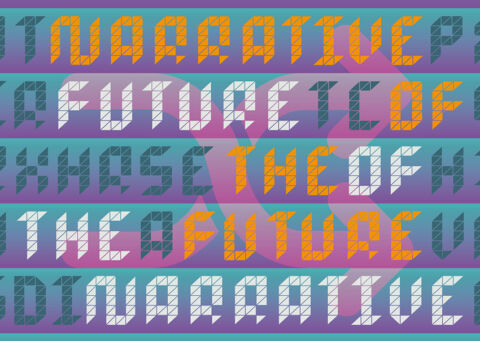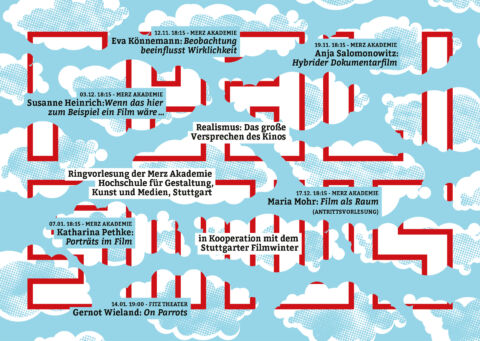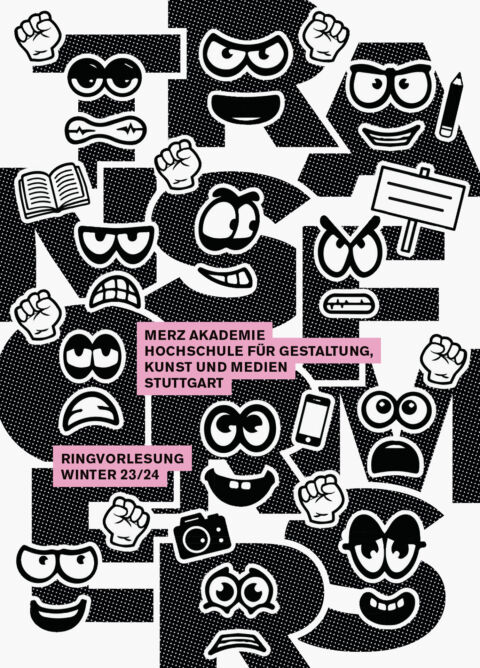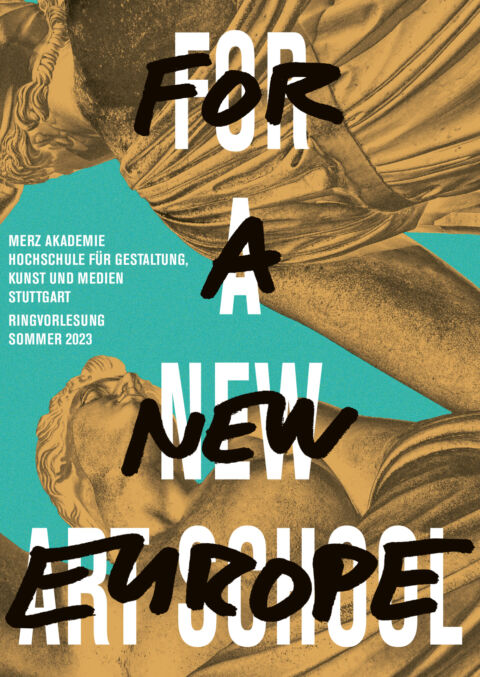Veranstaltungsreihe
Studienrichtung
Ort & Zeit
Fr., 09. Nov. 2018, 10:00–18:00 Uhr
Related Links
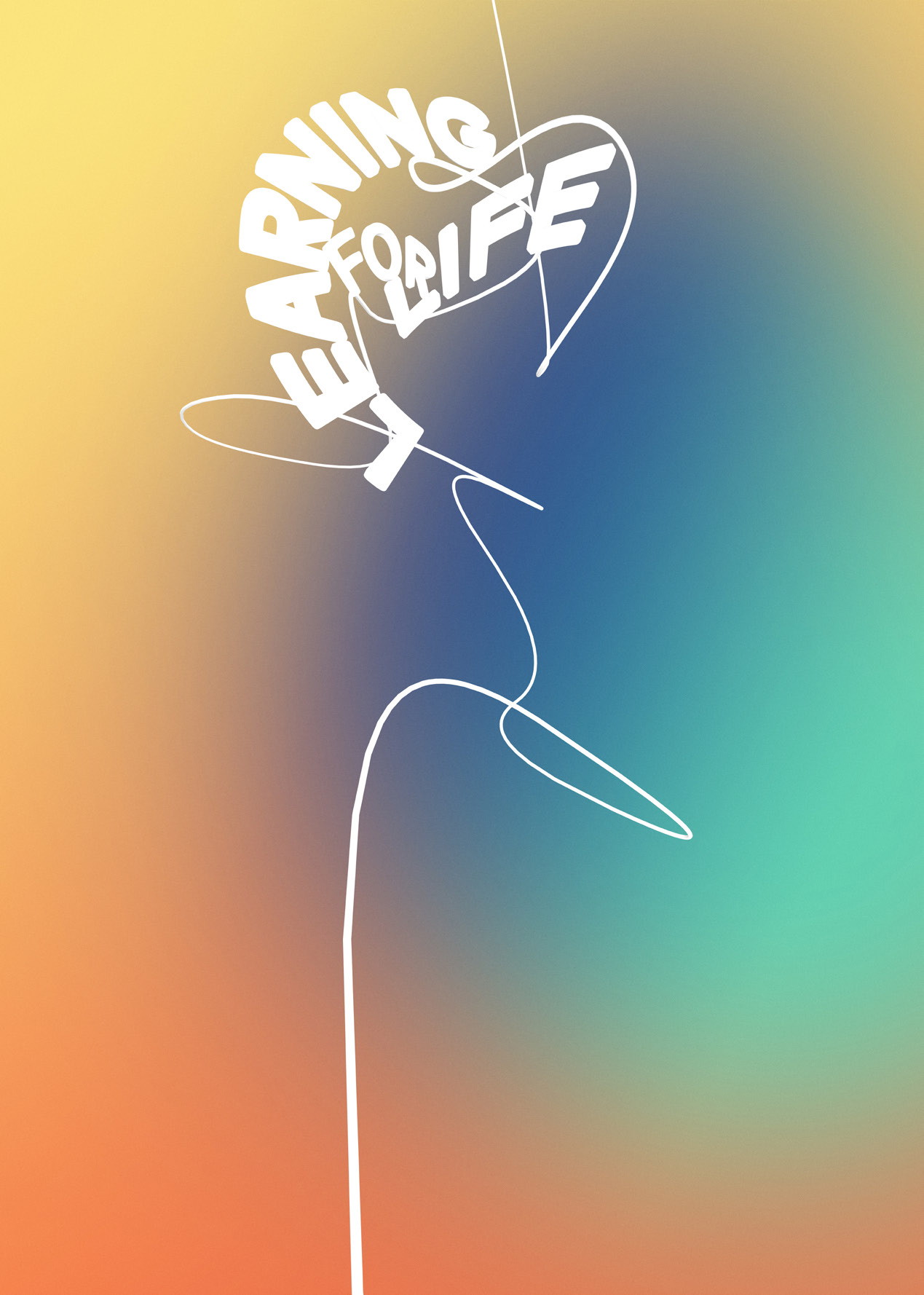 Motiv: Florian Model
Motiv: Florian Model Fr., 09. Nov. 2018, 10:00–18:00 Uhr
 Motiv: Florian Model
Motiv: Florian Model Formen des Lehrens und Lernens haben sich tiefgreifend verändert seit der Gründung des reformpädagogischen Projekts des Merz Bildungswerks vor 100 Jahren durch Albrecht Leo Merz. Reformpädagogische Lehre – von A.L. Merz und andernorts – wirkt aus heutiger Sicht geradezu experimentell: Sit-Ins im Freien und auf Wiesen, Ateliers als Unterrichtsräume, Austausch in freien Gruppen, und all das ohne sichtbares Curriculum.
Mit der Neugründung und Neuausrichtung der Merz Akademie seit den 1980er Jahren hat sich eine Lehrform etabliert, die gestalterisches und künstlerisches Arbeiten mit geisteswissenschaftlichen Werkzeugen kombiniert hat: Projektarbeit mit sozialen Belangen und realen Aufträgen nahe an den Themen der Cultural Studies.
Mindestens zwei grundlegende Änderungen haben sich seither vollzogen: Durch die Strukturierung und Modularisierung (bspw. durch die Bologna-Reform) hat sich das „freie“ Studieren in vielen künstlerisch–gestalterischen Studiengängen sicherlich erschwert. Und die unter dem Begriff Digitalisierung versammelte Beschreibung eines gewaltigen Transformationsprozesses hat nicht nur die Arbeitswelt grundlegend verändert, sondern auch das Verhalten der Einzelnen untereinander, Institutionen und Wissen gegenüber. Beide angesprochenen Änderungen beschreiben eine mögliche Auflösung von gemeinschaftlichen Formen des Lernens.
Vor diesem Hintergrund greift die Konferenz „learning for life“ wichtige Aspekte aktueller Strategien des Lernens und Lehrens heraus. Sie soll Anstoß geben, über aktuelle und zukünftige Formen des Lernens und Lehrens zu reflektieren.
Die Konferenz präsentiert die Ergebnisse aus den Workshops und lädt mit zusätzlichen Vorträgen zur Diskussion ein.
Die Präsentationen und Vorträge finden in englischer Sprache statt.
Die Konferenz ist öffentlich. Der Eintritt ist frei.
Mit Vorträgen von:
Forensic Architecture is a multidisciplinary research group based at the University of London that uses architectural techniques and technologies to investigate cases of state violence and violations of human rights around the world. The group is led by architect Eyal Weizman.
The agency develops new evidentiary techniques and undertakes advanced architectural and media research with and on behalf of communities affected by state violence, and routinely works in partnership with international prosecutors, human rights organisations and political and environmental justice groups. The agency is an interdisciplinary team of investigators including architects, scholars, artists, filmmakers, software developers, investigative journalists, archaeologists, lawyers, and scientists. It undertakes investigations in human rights violations by states or corporations, on behalf of civil society groups.
The group uses advanced architectural and media techniques to investigate armed conflicts and environmental destruction, as well as to cross-reference a variety of evidence sources, such as new media, remote sensing, material analysis, and witness testimony.
Forensic architecture is also an academic field and an emergent field of practice developed at the Centre for Research Architecture, at Goldsmiths, University of London. It refers to the production and presentation of architectural evidence, relating to buildings and urban environments and their media representations.
Since 2005, she has been head of the Postgraduate Programme in Curating (MAS/CAS), www.curating.org, at the University of the Arts Zurich (ZHdK). She also co-founded with Susanne Clausen the „Research Platform for Curating, Practice-Based Doctoral Programme“ a collaboration of the Postgraduate Programme in Curating and the Department of Fine Arts, University of Reading, now the “PhD in practice in curating”, which is funded by ‘Swissuniversities’. Therefore she holds also a professorship at the University of Reading, UK. From 1999 to the end of 2003, Richter was artistic director of the Künstlerhaus Bremen, where she curated a discursive programme based on feminist issues, urban situations, power relation issues, and institutional critique. She has worked as a curator ever since. Some of her curatorial projects: New Social Sculptures at Kunstmuseum Thun, (2012) Speculative Curating, Performative Interventions, Migros Museum, Zürich (2016/17) at the moment she is also directing the OnCurating project space in Zürich with members of her staff.
CHOREOGRAPHIC was initiated by Edgar Schmitz in 2016 as a way of collaborating with invited guests from the fields of choreography and (post-)dance on one-off productions at the intersection of artistic, curatorial and discursive labour. As part of a broader investigation into how competency plays out in a post-skill environment, the series stages choreographic modes, language games and production formats in close and conflictual dialogue with neoliberal forms of governance and subsumption, and animates their invariably compromised critical affordances.
Edgar Schmitz (D, 1968) is an artist who produces escapist backdrops from film, sculpture, animation and writing. His work is concerned with developing modes of withdrawal from the given terms of the present, and he often collaborates with protagonists, settings and matter of all sorts, to animate the infrastructures he works within to the point where they start providing the raw material for speculative, cinematic versions of the near future.
